.png.transform/rendition-xs/image_image%20(1).png)
Rioja Wines: To Be or Not To Be
In just two years, Spain's giant wine-making industry has experimented notable changes: renewals in ownership of cellars, new production techniques, exit of one or another cellar from the umbrella of the Regulatory Council, and investments by wine-making corporate groups from other regions.
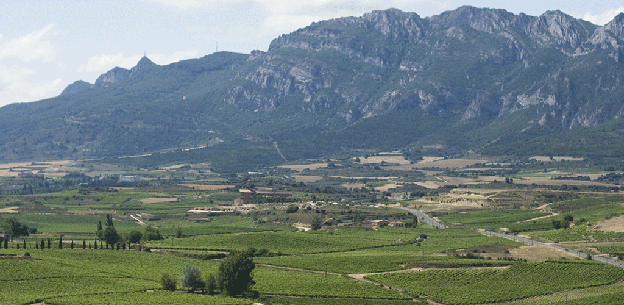
As occurs in the rest of the national market, many changes have arisen, and others have announced their upcoming arrival. Some examples: Carlos Moro of Castile-León, from the Matarromera Group, arrived to the town of San Vicente de la Sonsierra with an investment of approximately €6 million. Also worth mentioning is the acquisition of the centenary winemaker group Luis Gurpegui Muga by the powerful Manzanos Enterprises, owned by the Fernández de Manzanos family, thanks to which Manzanos Wines (family-run company dedicated to vineyard cultivation and winemaking in several designations of origin) will sum a total of 11 cellars.
Top sales
DOCa Rioja is a quality seal for Spanish wine, and reflects this in its sales, both domestic and abroad, in which these wines are the unquestionable leaders at this time. According to the most recent data available from 2016, overseas sales represented 37.6% of production, 103 million liters. Germany, United Kingdom, United States, and Switzerland are the countries with the highest demand for Rioja wines, logically behind Spain, which leads the market with 62.4% of the total sales.
In 2016, sales of Rioja wines reached a total of 386 million bottles, a 1.3% increase compared with 2015 and, especially, a growth exceeding 5% in value. This last issue is another of the internal wars between producers, who wish to debunk the myth that Spanish wines are only admired worldwide for their low price. Little by little, they try to convince consumers, both Spanish and foreign, that the quality of our wines comes at a price, without being exorbitant.
Something more than red wines
Almost 89% of wines produced in Rioja are red wines, in their different families: young wines with carbonic maceration, crianzas, reservas and grandes reservas, to which we must add the so-called generic, signature wines or garage wines –also aged in wood but that cannot be classified into any of the previously mentioned crianza categories–.
In addition, we must mention the vigorous inclusion of white wines, both young and aged in barrels, in which the white Viura grape is the leading character. It is in this type of wines where new production systems have been developed -or not so new-, given their use of other varieties like the Maturana Blanca or the classic Malvasía from La Rioja, as well as aging in concrete tanks, a step implemented in giant strides over the last decade..
It must be mentioned that the markets, particularly the American and British, increasingly seek and demand of these Riojan producers more and more wines from old vintages, given that thanks to diverse vertical and horizontal tastings of some specific vintages, for example one by the DOCa Rioja Regulatory Board of the 1964 vintage, consumers from these countries have been able to verify the notable health which some of these grand Riojan wines still enjoy.
Who are the trendsetters?
Among the almost 600 cellars under the protection of this geographical indication, some are state-of-the-art and act as the engine that drives this multicolor train of winemakers. Worth highlighting are the legendary establishments -founded before 1970–, those that move forward at cruising speed and know how to adapt themselves to current expectations.
Rioja Alavesa: Dominio de Berzal (Baños de Ebro); Hdos. del Marqués de Riscal and Valdelana (Elciego); Luis Alegre, Palacio, Solar Viejo, Eguren Ugarte, Ysios, Viña Real (Laguardia), Viñedos del Contino (Laserna) and Faustino (Oyón).
Rioja Alta: Marqués de Cáceres (Cenicero), Marqués de Arviza (Fuenmayor), La Rioja Alta, Berceo, Bilbaínas, Gómez Cruzado, Lacort, Martínez Lacuesta, Muga, Ramón Bilbao, CVNE –Cía. Vinícola del Norte de España– and Rafael López de Heredia Viña Tondonia (Haro); Señorío de Villarrica Hervías, Campo Viejo, Franco–Españolas, Marqués de Murrieta (Logroño) and Sonsierra (San Vicente de la Sonsierra).
Rioja Baja: Marqués de Reinosa and Palacios Remondo (Autol).
These have incorporated, in just over half a century, an important group of producers that have contributed to boosting this relevant designation.
Rioja Alavesa: Artuke Bodegas y Viñedos, and Altún (Baños de Ebro), Murúa, Luberri, Monje Amestoy and Viña Salceda (Elciego), Altos de Rioja and Medrano Irazu (Elvillar), Mitarte, Remelluri, Solagüen, Marqués de Carrión, Creaciones Exeo, Soto de Torres and Tierra Agrícola Labastida (Labastida), Campillo, Landaluce, Orben, Vallobera, Pujanza and Casa Primicia (Laguardia), Telmo Rodríguez (Lanciego), Loli Casado (Lapuebla de Labarca), Benjamín de Rothschild & Vega Sicilia (Leza), San Prudencio (Moreda), Marqués de Vitoria, Valdemar, Zuazo Gastón, Viña Bujanda and El Coto de Rioja (Oyón),
Dominio de Eguren and Viñedos de Páganos (Páganos–Laguardia) and Torre de Oña (Páganos), Remírez de Ganuza and Ostatu (Samaniego), Amaren, Izadi and Viñedos y Bodegas de la Marquesa (Villabuena de Álava).
Rioja Alta: Óbalo (Ábalos), Juan Carlos Sancha (Baños de Río Tobía); La Emperatriz (Baños de Rioja); Finca Allende and Vivanco (Briones); Larraz (Cenicero); Tobía (Cuzcurrita de Río Turón); Finca de los Arandinos (Entrena), LAN, Marqués del Puerto, Finca Valpiedra and Pagos del Rey -of the Félix Solís group (Fuenmayor); Santalba (Gimileo); Roda and Hacienda El Ternero (Haro); Olarra, Ontañón and Marqués de Vargas (Logroño); Finca Nueva (Navarrete); Beronia, Martínez Palacios and Valenciso (Ollauri); Contador, Señorío de San Vicente and Sierra Cantabria (San Vicente de la Sonsierra) and Martínez Corta (Uruñuela).
Rioja Baja: Vinícola Real (Albelda de Iregua); Viña Herminia, Fincas de Azabache and Viñedos Real Rubio (Aldeanueva de Ebro); Finca Egomei, (Alfaro), Barón de Ley (Mendavia), Paco García (Murillo de Río Leza); Nivarius and Proelio (Nalda) Vinsacro (Pradejón) and Ondarre (Viana).
Seeking consensus
It has always been said that unity is strength, and more so when the goal is to reach the greatest number of consumers from around the globe. It produces vertigo to think that the correct efforts of recent years for positioning this centenary designation of origin among the most renown worldwide can come apart as a result of misunderstanding.
Article originally published in the Club de Gourmets magazine (Spanish). Translation by Lionbridge /@ICEX.
In 2016, sales of Rioja wines reached a total of 386 million bottles, a 1.3% increase compared with 2015 and, especially, a growth exceeding 5% in value.
Ignacio Crespo / Club de Gourmets magazine
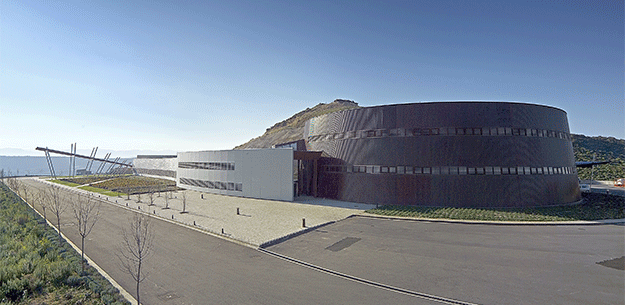
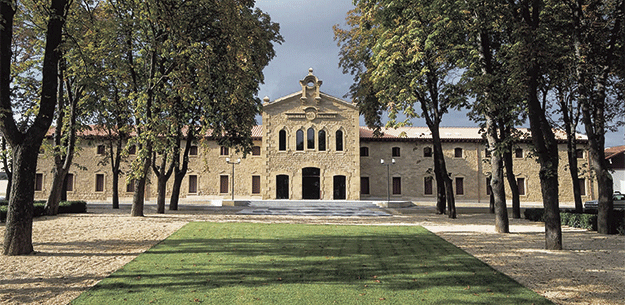
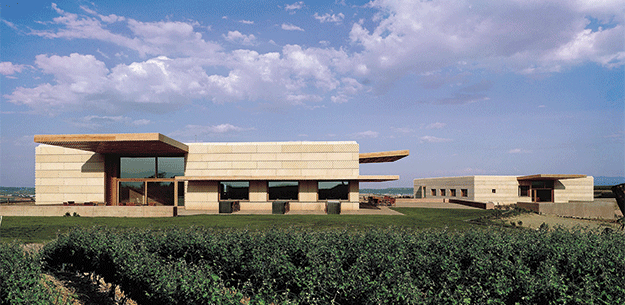
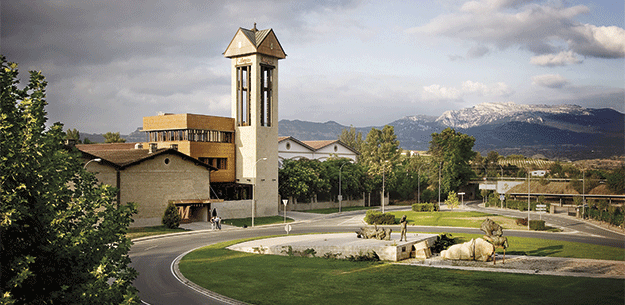
- image1
- image2
- image3
- image4


